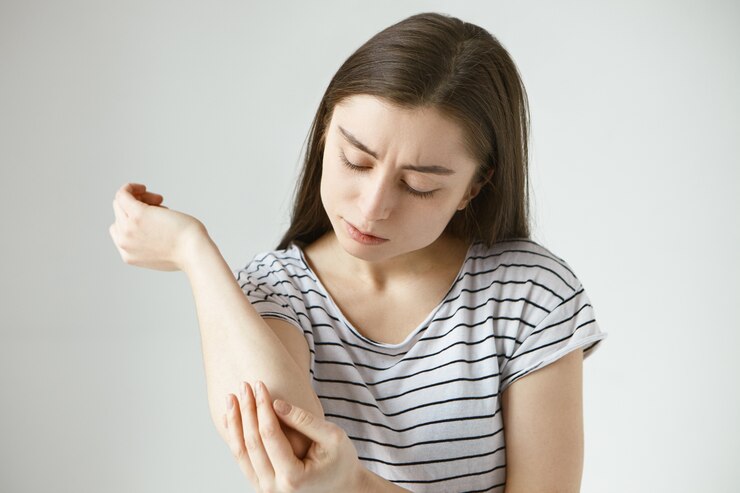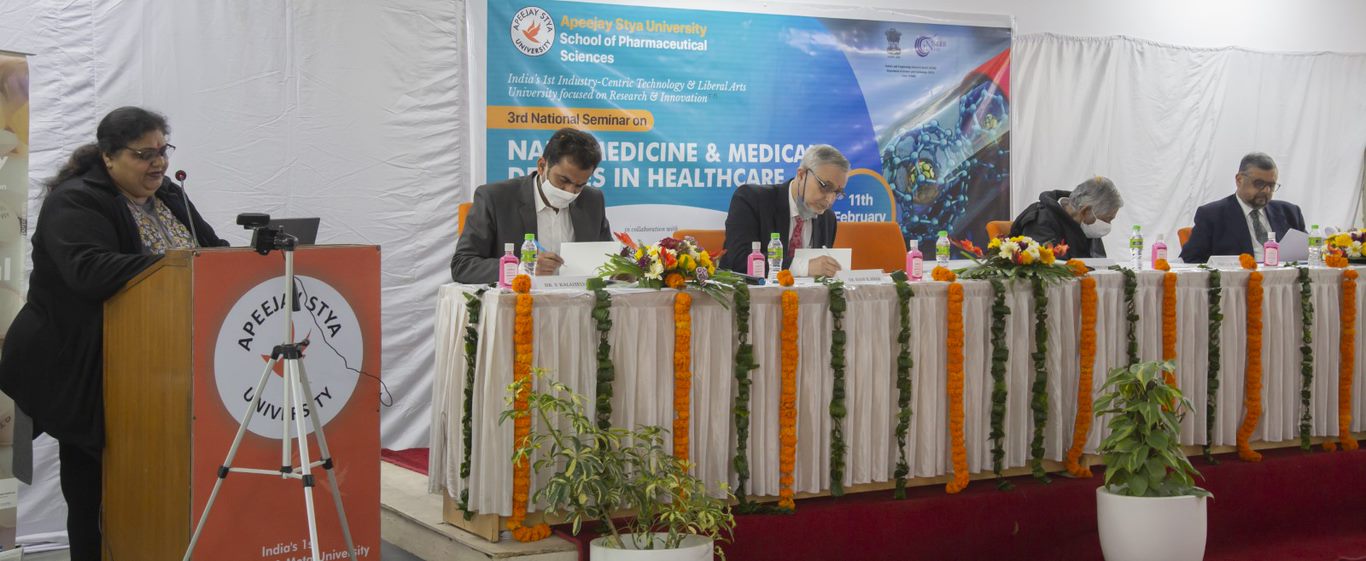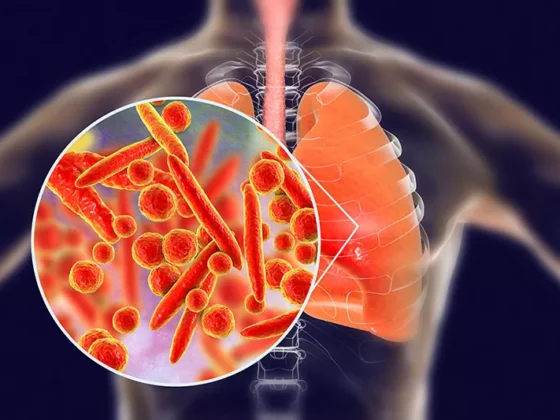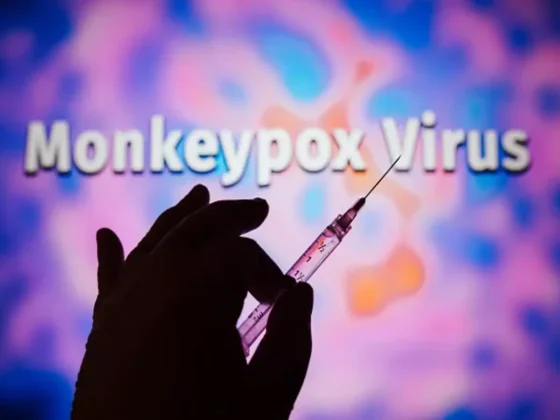Maharukh T Rustomjee, Managing Partner Amaterasu Lifesciences LLP
When you hear sports injuries, the first thing that comes to your mind is probably muscle strains, ligament tears or fractured bones. But did you know that sports can also cause skin injuries? As the lockdown rules have now been relaxed, people are returning to sports and fitness centers with more enthusiasm than before. However, there is still very little awareness about sports-induced skin injuries and chafing and the right methods to prevent them.
Chafing, although seldom spoken of, can lead to serious skin problems like infections and impact the overall performance of a sports person/ athlete. However, most people aren’t aware of chafing and don’t seek proper treatment until the damage is done. With the pandemic-induced lockdown forcing people to stay indoors, lifestyle changes happened overnight. People made conscious efforts to stay healthy by being physically active, thanks to awareness messages from government and healthcare authorities emphasizing the importance of physical activity to develop immunity.
However, sports and exercise, which is an otherwise pleasurable activity, could turn into a stressful affair if you are suffering from chafing and other skin injuries. If you regularly play sports, you already know how sportswear and accessories can cause great discomfort due to constant friction with the skin. The humid weather further aggravates skin rash in skin folds where it’s moist. What’s worse is that people resort to unhealthy techniques such as sticking medicated tapes or dressing tapes to protect themselves from these skin conditions.
Listed below are some points about chafing that needs to be understood in detail: tips you can use to manage and prevent sports-induced chafing effectively:
1. Keep your skin clean and dry:
As moist skin is prone to more damage, sweat-wicking fabrics are recommended for athletes so the skin stays clean and dry. Following good hygiene practices is extremely important to keep skin infections at bay. Don’t skip showers and wipe your body dry after every shower. If you notice any signs of rashes or chafing, special care should be taken to keep the area dry which prevents germs from growing.
2. Change your sportswear regularly:
Sportswear is bound to trap perspiration after intense physical activity. It is recommended to wash and change sportswear regularly to prevent any skin infections. Sportswear if not washed regularly will lead to bacterial build up. Make sure to choose sportswear of good quality fabric failing which skin irritation is inevitable. Replace old sportswear with new ones if you notice signs of wear and tear. Intense workouts can cause clogging of sweat glands and heat rash. Re-wearing sweaty sportswear is never a good hygiene practice and will only invite a host of skin conditions. It is also recommended to change sportswear according to the changing seasons so skin irritation is minimized.
3. Use anti-chafing creams:
Chafing is quite common among athletes as the skin is prone to repetitive friction and rubbing. Chafe prone areas in the body commonly include inner thighs, groin, under arms, under bra/ breast, nipple bleeds, toes etc. Athletes may ignore chafing at early stage considering it as minor issue however it actually affects their performance. Many people notice chafing when they take bath after the sporting activity as sting during the bath. Their chafed skin stings with touch of water or soap. However, there are little known remedies that are effective and most often than not, chafing is ignored as a minor irritant. Make shift arrangements like tapes/ medicated tapes or talcum powders etc., are used to soothe the already affected area. Chafing, if not addressed early on, may lead to tearing of skin and later may cause serious infections, including fungal infections that would require medical intervention. Hence chafing is best prevented early on. Use of barrier creams or gels is best recommended in such cases and have proven effective.
4. Use antifungal powders
Athletes develop fungal infections easily due to sweat. Athlete’s foot is a skin condition that leads to peeling, cracking or scaling of skin between toes or sides of the feet. It causes itchiness and skin irritation. Fungal infections can also appear on the neck and upper extremities. Using antifungal powders will help prevent itching and burning sensation caused by fungal growth. Excess perspiration is quite natural among athletes and an antifungal powder would help absorb perspiration and soothe irritated skin.
5. Visit a dermatologist if you notice signs of skin irritation
Despite taking all precautions, skin irritation may occur for reasons beyond your control. Always inspect your skin and look out for signs of infections, lesions, abrasions and cuts. Visit a dermatologist immediately if you notice any changes in skin color. Putting off treatment could spread the infection and break surrounding healthy skin.
Skin irritation is common among athletes and people actively involved in rigorous physical activities. Though skin injuries are quite common, there is a lack of awareness about the right methods to deal with it. Sports induced skin injuries can be prevented from aggravating into serious conditions with necessary precautions. Following the tips discussed here can help gain respite from sports-induced skin conditions.











